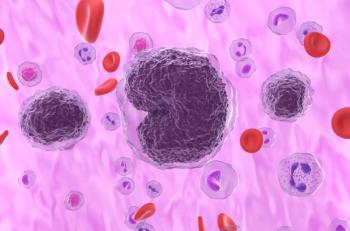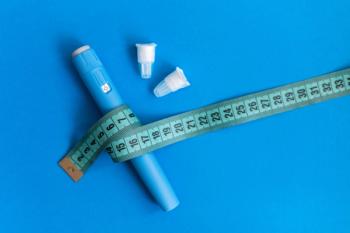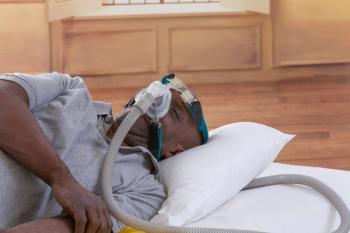
Questions Remain About Second Patient Who Demonstrates HIV Cure
A second individual may have been cured of HIV following an allogeneic stem-cell transplant for stage 4b refractory Hodgkin lymphoma with Δ32-mutated cells, which are resistant to the virus. These cells did not express the CCR5 chemokine receptor, 1 of 2 methods of entry for HIV into a host cell.
Known as the “London patient,” a second individual may have been cured of their
The
“I’m not sure what this tells us,”
The patient is participant 36 in
He is also the only other such patient to have reportedly been cured of HIV—the first being the “Berlin patient,” Timothy Ray Brown, who underwent stem cell transplant for relapsed acute myeloid leukemia1—and the transplant was meant to cure his cancer.5 Compared with Brown, who underwent 2 transplants with CCR5Δ32/Δ32-mutated cells, the London patient only had 1 transplant, with less-intense immunosuppression treatments.
By 28 months post ART, the patient’s CD4 count was close to his pretransplant level, at 430 cells per μL (23.5% of total T cells), and he had a CD4:CD8 ratio of 0.86 (normal range 1.5-2.5). Between 18 and 28 months, there was no clinically significant
“It is important to note that this curative treatment is high risk, and only used as a last resort for patients with HIV who also have life-threatening haematological malignancies. Therefore, this is not a treatment that would be offered widely to patients with HIV who are on successful antiretroviral treatment,”
Questions remain, however, including the following6:
- How soon can one know if someone has been cured of HIV?
- Could the frequency of testing be reduced, one day even stopped?
- What does a cure mean?
Collectively, the study authors note, “Being only the second reported patient to undergo this experimental treatment successfully, the London patient will need continued, but much less frequent, monitoring for re-emergence of the virus.”
They also note the importance of further research to refine assays that define a cure, as well as proof of gene editing efficiency and robust safety data.
References
1. Allers K, Hütter G, Hormann J, et al. Evidence for the cure of HIV infection by CCR5Δ32/Δ32 stem cell transplantation. Blood. 2011;117(10):2791-2799. doi: 10.1182/blood-2010-09-309591.
2. Gupta RK, Peppa D, Hill AL, et al. Evidence for HIV-1 cure after CCR5/l32/ll32 allogeneic haemopoietic stem-cell transplantation 30 months post analytical treatment interruption: a case report [published online March 10, 2020]. Lancet HIV. doi: 10.1016/S2352-3018(20)30069-2.
3. Mandavilli A. H.I.V. is reported cured in a second patient, a milestone in the global AIDS epidemic. The New York Times. March 4, 2019. nytimes.com/2019/03/04/health/aids-cure-london-patient.html. Accessed March 9, 2020.
4. The Lancet. Study suggests a second patient has been cured of HIV [press release]. London, UK: EurekAlert; March 10, 2020. eurekalert.org/pub_releases/2020-03/tl-tlh030920.php. Accessed March 10, 2020.
5. The ‘London patient,’ cured of H.I.V., reveals his identity. The New York Times. March 9, 2020. nytimes.com/2020/03/09/health/hiv-aids-london-patient-castillejo.html?utm_campaign. Accessed March 9, 2020.
6. Zerbato JM, Lewin SR. A cure for HIV: how would we know [published online March 10, 2020]? Lancet HIV. doi: 10.1016/S2352-3018(20)30075-8.
Newsletter
Stay ahead of policy, cost, and value—subscribe to AJMC for expert insights at the intersection of clinical care and health economics.













































